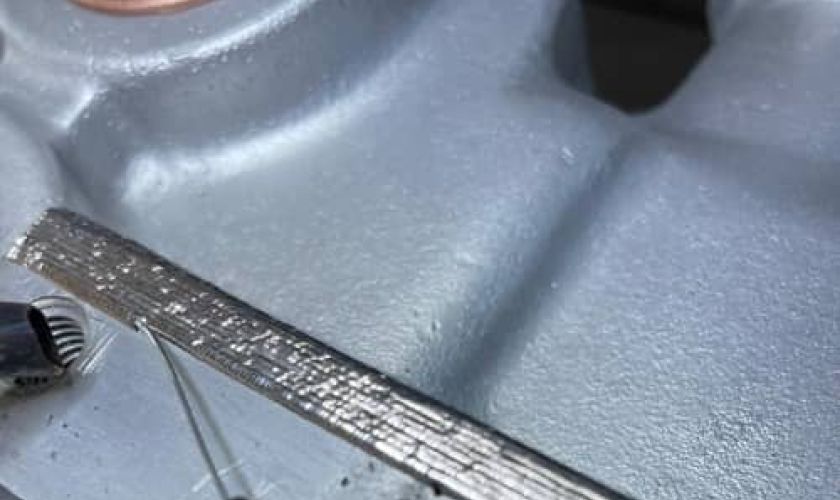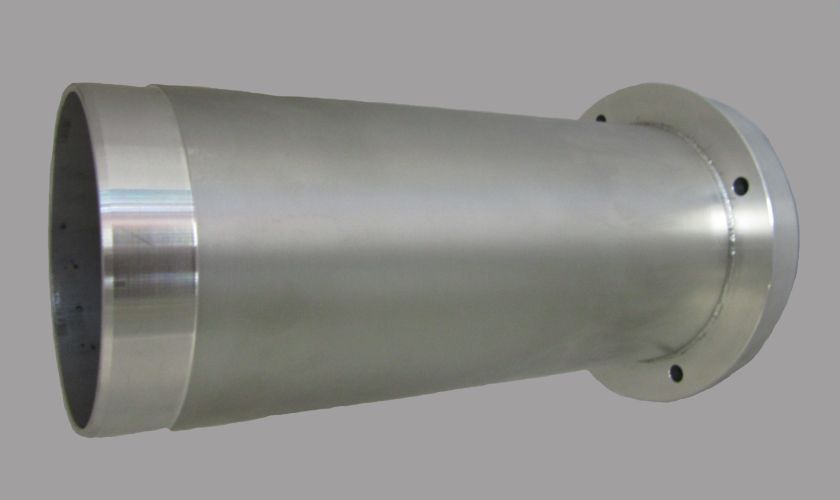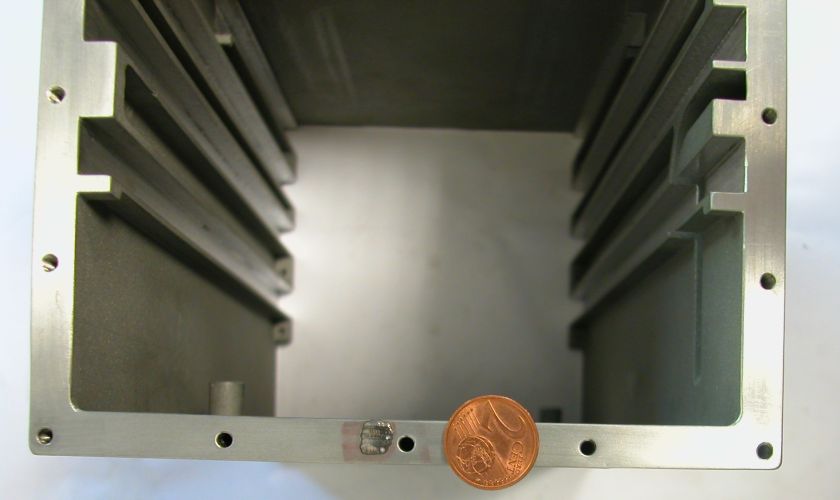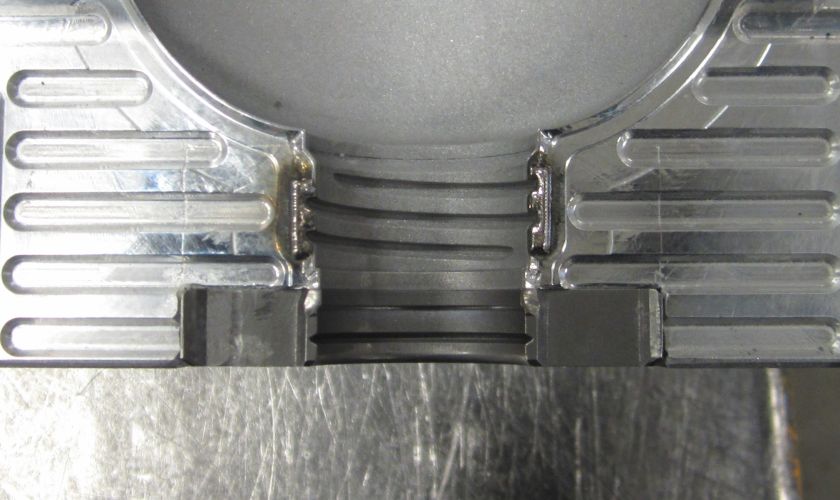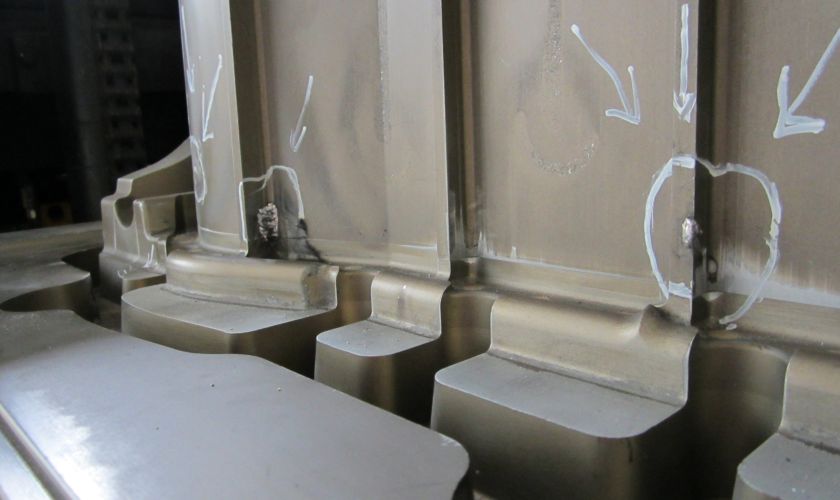Aluminium welding
Aluminum welding requires a great deal of expertise, many years of experience and a sure instinct to ensure consistently high quality. In recent years, a wide variety of welding processes have developed solutions to meet the special challenges of this material.
At TM Lasertechnik, we have been focusing primarily on laser and laser hybrid welding in aluminum welding for 20 years. We use welding sources that allow us to control the process very well.
By constantly developing and striving to find answers, we are able to successfully process aluminum alloys that are generally considered to be unweldable to a high quality.
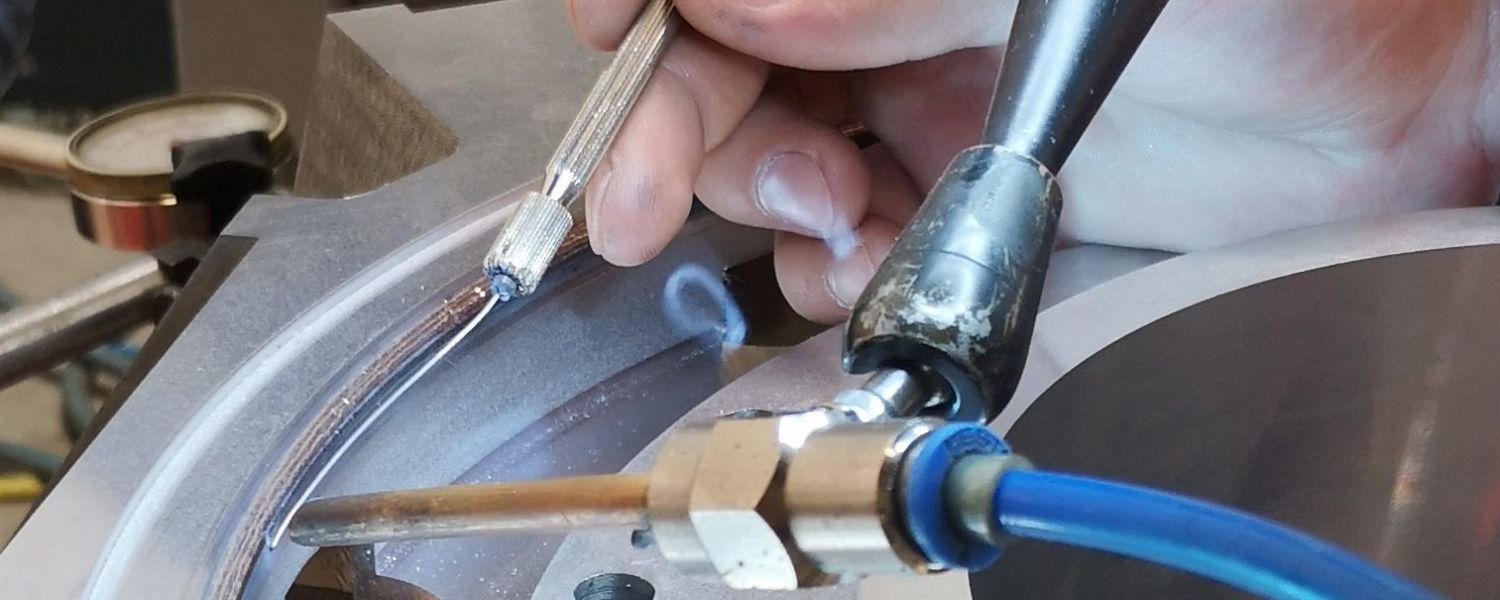
State-of-the-art technology
Individually tailored to the project, we weld manually, partially or fully automated (CNC-controlled) using laser or laser hybrid processes.
Highest precision
We perform fine welding in the range down to 0.3 millimeters.
All inclusiv
With us, you get everything from a single source: we are happy to offer finishing work such as turning, milling or grinding on request.
We weld
aluminium
alloys
AlMg1
AlMg3
AlMg5
AlMg4,5Mn
AlMgSi0,5
AlMgSi1
AlSi10Mg
and many more.
Aluminium as a material
Aluminum is a material that has high strength at low weight / low density. In addition, it reacts with its ambient air, forming a layer of aluminum oxide that protects the material from corrosion, oxygen and many chemicals.
This oxide layer has a melting point of 2050° C, but the aluminum itself melts at only about 660° C.
This is what makes aluminum welding so difficult.
Difficulty in welding
When welding aluminum, the protective layer must first be removed, observing the strictest cleanliness measures. Alternatively, it is broken through with very high energy input during welding.
Due to the different melting temperatures, however, the aluminum component loses its stability on the inside and is in danger of literally melting. The boundary between loss of stability and a weldable melt is very narrow.
Maintaining this balance is our know-how.
Work examples aluminium welding:
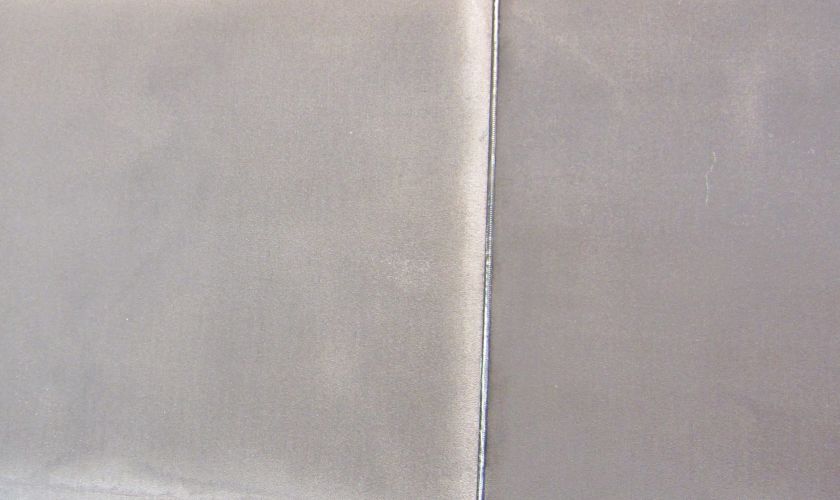
Aluminium plates
Multiple additively manufactured plates joined together with a wall thickness of only 1 mm.
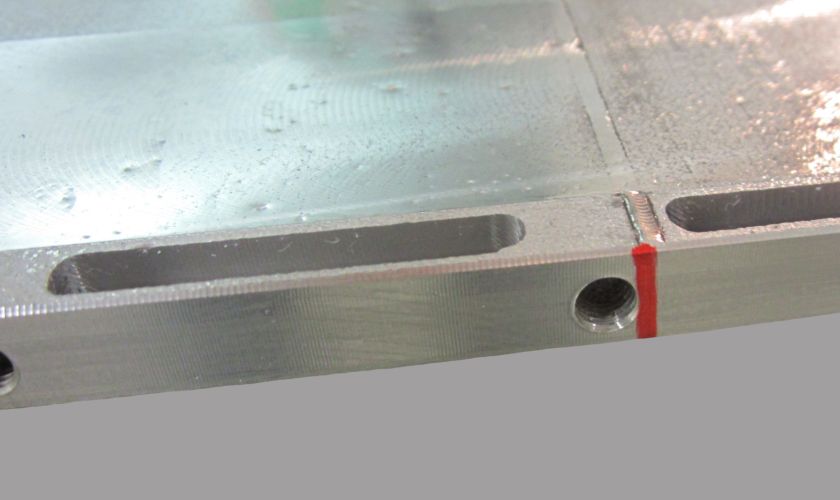
Welding close to the thread
We also weld in close proximity to the thread (here: M4 thread).
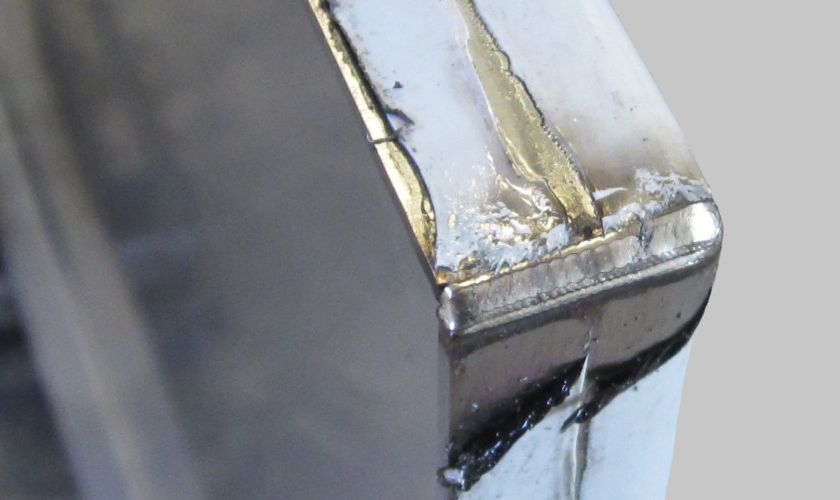
Spot-on energy input
1.4404 chrome-nickel steel: The plastic film of the container is still present despite welding.
Industries for which we weld aluminium:
Electromobility
For example:
- Welding of battery contacts.
- Welding of battery cooling elements and many more.
Automotiv
For example:
- Cylinder heads (combustion chambers) in prototype construction.
- Transmission housings in prototype construction.
- Welding of engine parts (crankcases) in small series.
Aerospace
For example:
- New part production of containers for unmanned space flight.
- Development and new part production of electronic boxes with a subsequent load up to 20 G.
Energy industry
For example:
- Coating aluminum with silver to create highly conductive surfaces.
- Welding of aluminum contacts.
Mechanical engineering
For example:
- Welding of ventilation pipes.
- Welding of filter systems.
- Welding of aluminum structures.
Mold/tool making
For example:
- Repair welding of molds.
- Cost-effective design changes of molds instead of new production.
